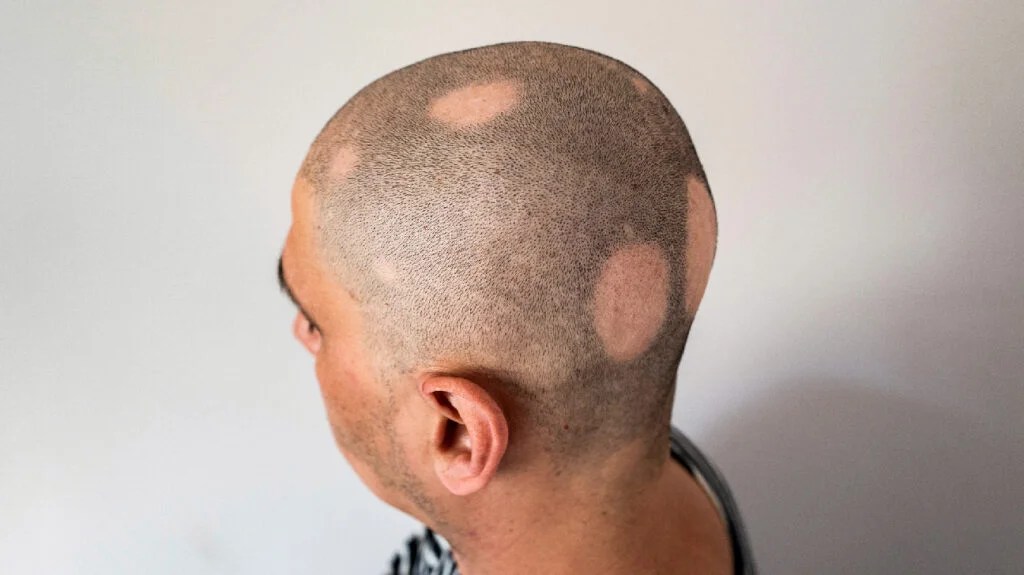
If you have a problem with hair loss, you’re probably wondering what causes alopecia. There are many different types, each with its own cause and treatment. Here are some common causes of alopecia:
Genetics – One in four people in the world have a family history of alopecia. Genetics may be passed down from one parent to another, or it may be inherited. About 20 percent of people suffer from the disease. There’s no cure, but in the majority of cases, hair re-grows within one year without any treatment. However, the outlook for younger children is less favorable.
Epitope identification – Researchers have identified a specific epitope associated with alopecia areata, a cell-mediated autoimmune disorder. Although this has given them an idea of the aetiology, the disease remains elusive in susceptible species. The epitope may not be the true cause of the disease. Regardless, this discovery is significant in the understanding of the pathogenesis of alopecia.
Diagnosis – If you have a bald patch that is not completely symmetrical or even all over your body, your doctor will most likely diagnose you with alopecia areata. Blood tests and skin scraping are important in ruling out other possible causes of hair loss. Moreover, blood tests may reveal the presence of any autoimmune diseases. Blood tests also determine thyroid function and blood count, which are typically normal in patients with alopecia areata.
Treatment – If your hair loss is triggered by cancer, doctors will likely prescribe corticosteroids for alopecia areata. Corticosteroids may help regrow hair without interrupting cancer treatment. Another study found that race may be a factor in the occurrence of alopecia areata. Hispanic and black nurses had higher rates than non-Hispanic white nurses. However, this study focused on women in the United States. Further research is needed to determine if this finding holds true in other countries. Alopecia areata can occur at any age, with the highest rate during childhood.

Alopecia areata is an autoimmune disease that requires the involvement of more than one gene. Most parents do not pass it on to their children, although identical twins are more likely to develop it. Despite its genetic link, scientists believe that environmental factors also play a role. There are several environmental factors that can trigger alopecia areata. But the exact reason remains a mystery. It can be caused by genetics or environmental factors such as physical stress.
Symptoms of alopecia areata vary depending on the type of disease. Patients suffering from alopecia areata may experience tingling, itching, or burning. Alopecia areata is an autoimmune disease in which the immune system attacks parts of the body. The condition is generally not life-threatening, but it is not without risk and can be dangerous. Most patients with alopecia areata experience no other symptoms and can be used for treatment Havita serum.
Alopecia areata is the most common type, with patches of baldness occurring on any part of the body. Alopecia totalis, on the other hand, is a severe type of alopecia, with complete hair loss on both the scalp and body. It can affect both men and women, regardless of age, and is a problem that can strike anyone. Although alopecia can affect any part of the body, most cases begin in childhood and develop by the time a person reaches their mid-twenties. Having a family history of alopecia is a risk factor, many people do not have a family history of alopecia.
Some people develop alopecia areata at any age. About half of all cases begin during childhood, although it tends to be milder as we grow older. The symptoms of alopecia are typically small, red patches of bald skin, with scattered ‘exclamation mark’ hairs. The roots of these hairs are club-shaped and measure two to three millimeters long. The distal shaft is normal in size.